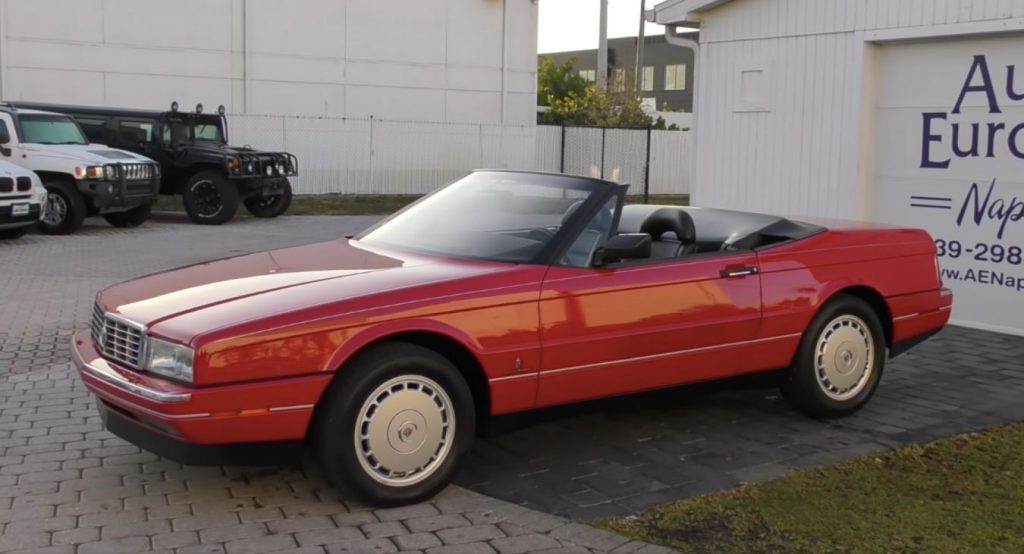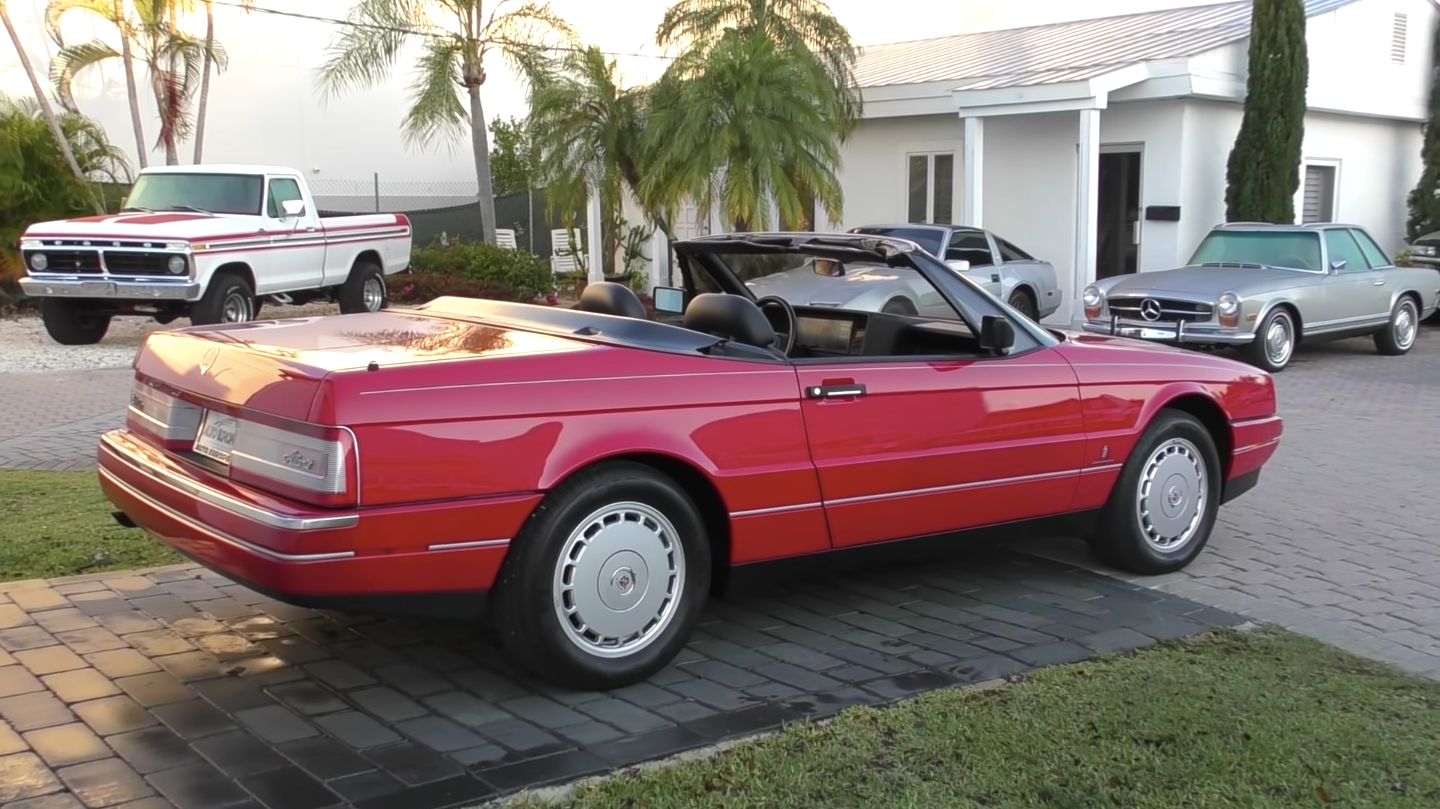The Cadillac Allante is a very interesting chapter in the history of GM’s luxury brand. Envisioned as a halo car for Cadillac and a rival for the Mercedes-Benz SL and Jaguar XJ-S, the two-seat roadster turned out to be a very expensive whim for GM.
With a sticker price of $54,000 , the Allante cost nearly twice as much as any other model in Cadillac’s range at the time. In 2020 dollars, the Allante would carry an MSRP of around $120,000 – way more than the modern-day CT6-V which starts at just under $95,000. So why was the Cadillac Allante so expensive?
Part of it was due to the complicated production process. You see, the roadster was designed by Pininfarina, which also built the bodyworks in Italy. In order for this to work, GM used Boeing 747s to fly the parts to Italy and received the bodies back to Detroit via the same planes.
See Also: Relive The Days Of Interesting Buicks With This 1k Mile Reatta Convertible
Known as the “Allante Air Bridge”, it’s probably the longest assembly line in history and a very strange logistics decision. Still, Cadillac’s commitment to this project should be applauded, even though it did not pay off in the end. The overly ambitious sales goal of 8,000 cars a year was never reached, with the Allante struggling to reach half of that during its existence between 1986 and 1993.
Considering the money put into the project, the Cadillac Allante should have been a bulletproof car. Sadly, that wasn’t the case as the roadster was plagued by electrical gremlins and leaky tops for the first two years of production. The front-wheel-drive configuration (it was based on a shortened Eldorado chassis) and feeble 170 HP 4.1-liter V8 engine did not help either.
Later models had sorted out most of these issues but it was too late to save the Allante, which was axed in 1993. The following video presentation courtesy of Auto Europa Naples tells you everything you need to know about Cadillac’s 1980s halo car and, more importantly, shows why it was (and still is) a very special automobile.




